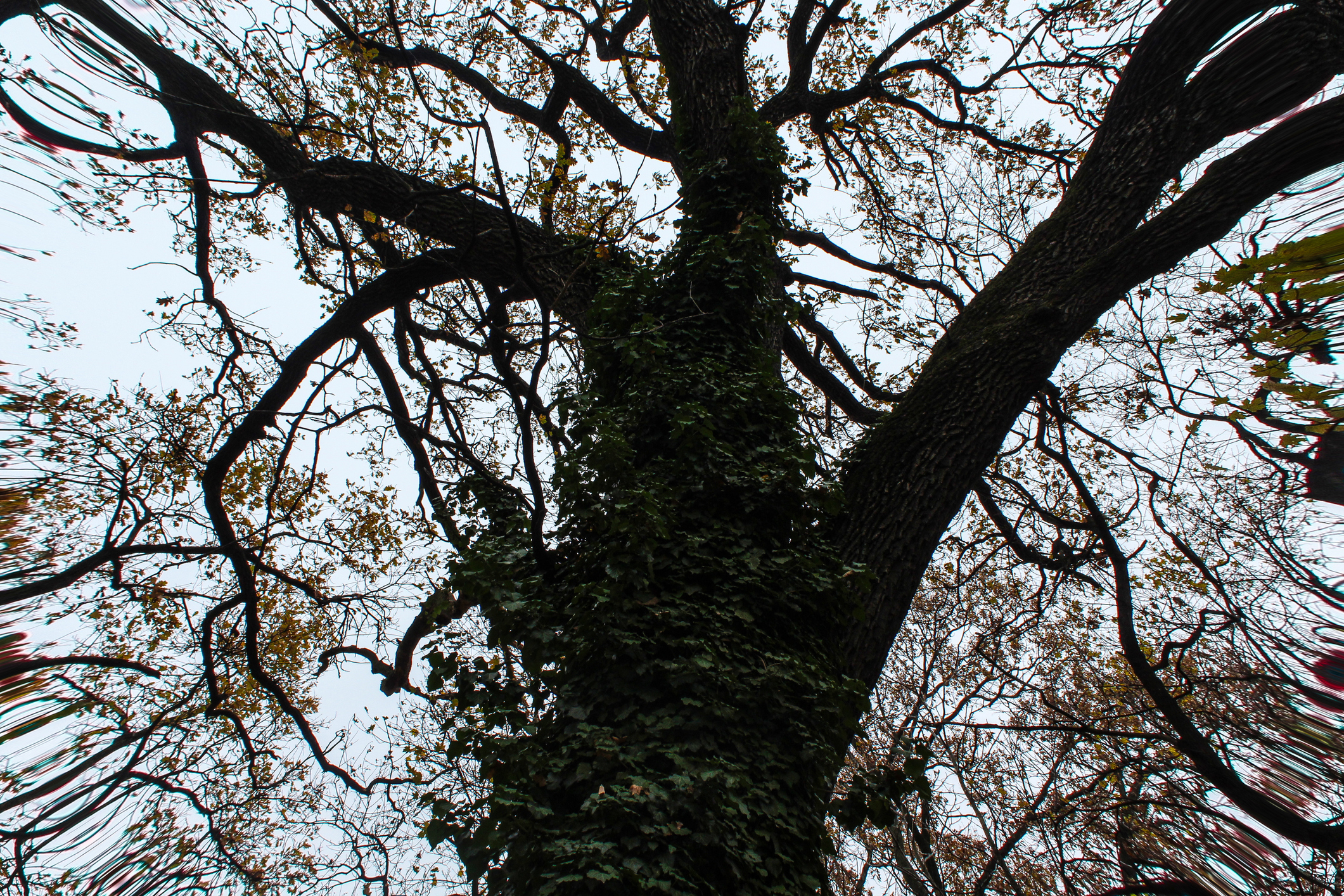Welcome to our tree column, "Ask your local arborist." Each month, arborists from the Davey Tree Expert Company in Menlo Park will discuss a tree-related topic from general care to planting tips and tricks to how trees can impact your property and community, as well as answer your questions. If you have a tree-related question or an idea for a topic to discuss, email lifestyle@embarcaderopublishing.com or post in the comments section at the end of this column. Arborists may make house calls, when needed, to assess tree questions on your property.
The month of October is for all things fall – watching spooky movies, going to haunted attractions, attending every Oktoberfest event within a 20-mile radius, and of course, trick-or-treating. Among the dressed-up ghouls and goblins, there also could be another fright lurking in your own backyard – zombie trees.
These are trees that appear to be thriving and look healthy, but are actually dying from the inside out. Since zombie trees are at risk of falling, they present hidden dangers that can potentially cause significant damage if property owners aren't on the lookout.
Zombie trees can be caused by a variety of factors, such as lightning, hard freezes, diseases, fungus rot or insect damage.
On the Midpeninsula, coast live oaks in particular seem to be struggling internally due to damage caused by last spring’s wind storms and the prolonged drought. Some of these trees can be found at Eleanor Pardee Park in Palo Alto, where a team of arborists is working to treat them and prevent their removal.
While zombie trees can be difficult to spot, there are some signs that could signal whether a tree is dying from the inside, such as breakage on branches or trunks. Since this can be difficult to spot when a tree has all of its foliage, fall is a good time to do an inspection after leaves fall from a tree's branches.
It's important to look for signs of distress and take preventative care before it becomes too late to save the tree.
Here are some of the signs and symptoms to determine if your trees are unhealthy on the inside and how to save them:
• Inspect your trees. Identify issues early to prevent damage before it happens with a home tree health check. With early action, you may be able to save a tree. Walk around the yard, inspect trees for dead wood or decay, cracks in the bark that extend into the tree’s trunk or limbs, discolored foliage and root and architecture problems. Is the tree lifting on one side or leaning excessively? That could be a sign of trouble.
• Get an expert opinion. If you notice any issues during the tree health check, call a certified arborist. These experts can address problems visible to the naked eye — plus damage lurking inside the tree – and they can help create a plan of action.
• Know your options – and take action. Although defective trees are dangerous, not all of them need to be removed immediately. First, understand a tree’s risk level. Some defects can be addressed through care and maintenance that can prolong the life of the tree. Important tree maintenance includes fertilizing, planting the right trees and shrubs for the local climate and proper pruning.
Zombie trees are a hazard – but unlike their namesake, they don’t have to cause fear and panic. By giving your trees the proper attention they need and getting the right advice for your tree care questions, they can be brought back to life.
Jeff Newborn is a local arborist at The Davey Tree Expert Company in Menlo Park, which serves communities on the Peninsula, including Menlo Park, Atherton, Palo Alto and Redwood City. Newborn can be reached at 866-923-5658.


Comments